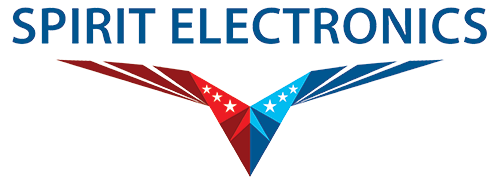Scanning Acoustic Microscopy
Scanning acoustic microscopy (SAM) is one of the cornerstones of our non-destructive test lab. Whether we are working on an elaborate failure analysis project or performing some simple reliability screening, acoustic imaging provides invaluable information about a sample’s construction. Most commonly, the SAM is used to identify delamination in plastic-encapsulated ICs; however, our analysts have developed experience beyond the commonplace analyses, and are able to use SAM for a wide range of applications.
The SAM Process
To perform an inspection with an acoustic microscope, a device must first be placed in a medium (usually water) that can couple the sound from a transducer to the sample; the ultrasonic frequencies used to inspect packaged integrated circuits attenuate at a rate of several hundred dB per meter, making acoustic inspection without immersion in a coupling medium impractical. The transducer is scanned across the sample, and emits pulses of focused ultrasound at regularly defined intervals. When the ultrasonic wavefront breaks on the surface of the sample, some of the energy is reflected back to the transducer, while some is transmitted across the interface between the coupling medium and the sample. The reflected energy is collected by the transducer, providing pulse-echo data; the transmitted energy continues to propagate further into the sample until it breaks upon another interface, where the process repeats. Eventually, the ultrasonic pulse propagates through the entire sample, where it is collected by a second transducer and becomes transmission data. This gathered data can be viewed in several forms; either as an oscilloscope trace of the acoustic waveform at a given point, a grayscale or false-color image derived from the amplitudes of the pulse-echo and transmission data, or as computed tomographic data, showing a progressive series of slices through the device under test.
When the ultrasonic pulse meets an interface where there is an acoustic impedance mismatch – for example, an interface where there is an air gap caused by delamination of mold compound from leadframe an an integrated circuit – there are two important phenomena that occur. First, all of the ultrasonic energy is reflected, resulting in a higher amplitude echo at the interface in question, with no transmission data produced; secondly, the acoustic impedance mismatch causes a phase inversion in the echo signal. These properties allow an experienced analyst to identify mechanical damage, cracks, delamination, and other defects across a wide range of samples.
Applications
- Moisture Sensitivity Level (MSL) qualification and screening
- Detecting cracks in ceramic chip capacitors
- Identifying “black-topping” used on counterfeit ICs
- Finding voids or poor adhesion in die attach material

